Breakfast this morning was a slice of flan, bought at a patisserie adjacent to the weekly market. I love flan. It’s just custard tart, but with a high custard to pastry ratio. Anne had a myrtille tart. Food is so much better here. It seems to be market day every morning for us.
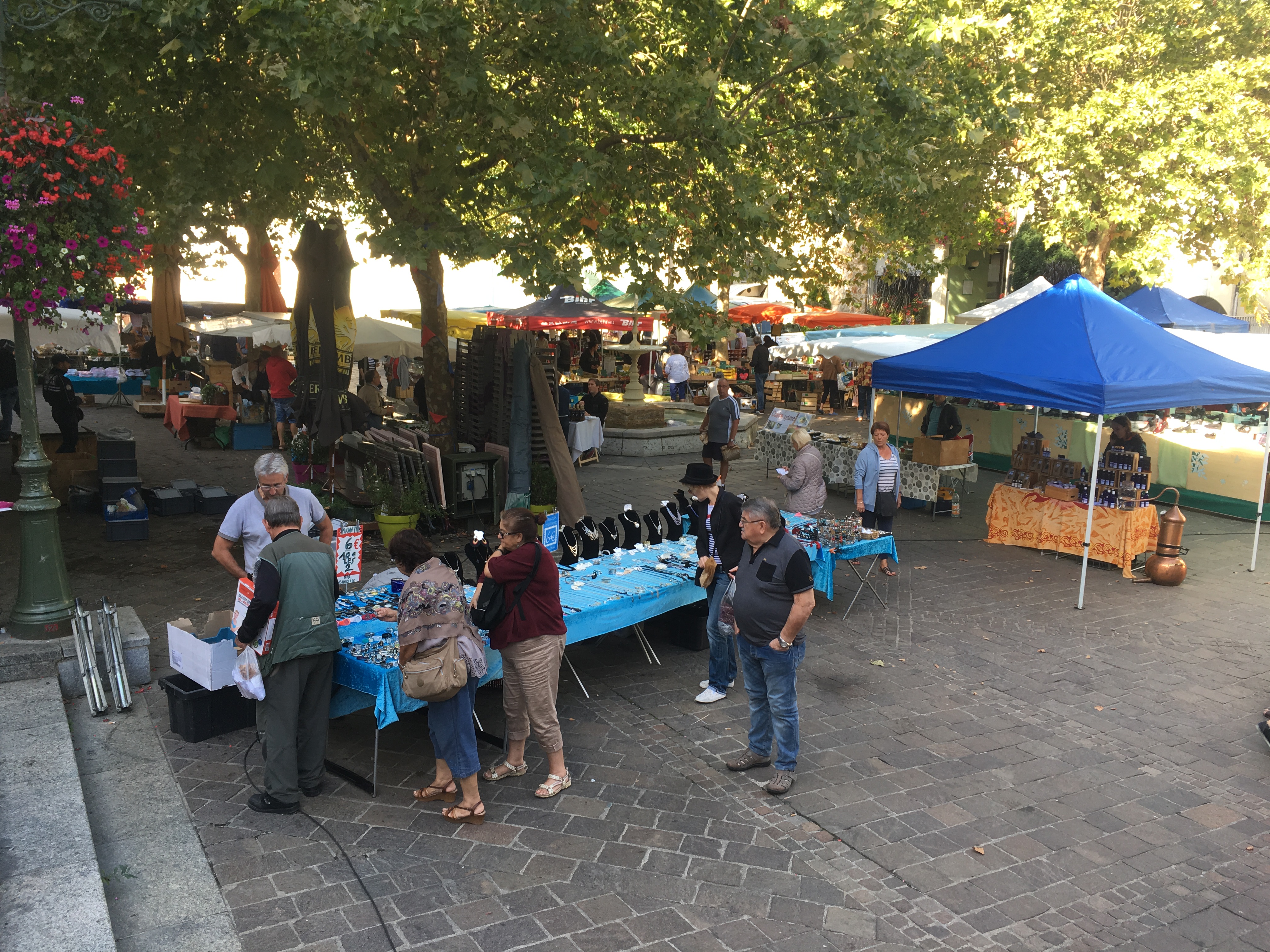

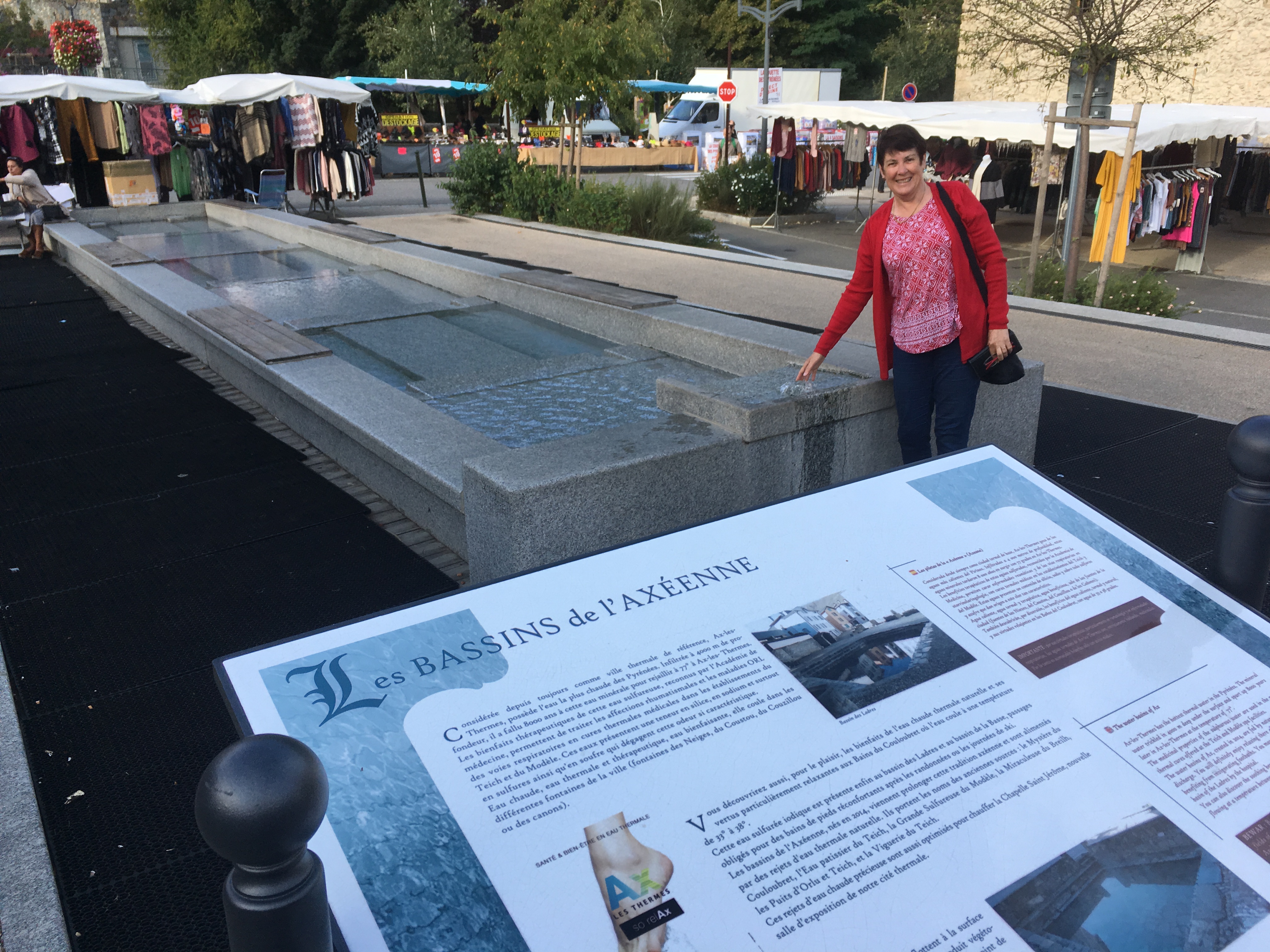
Our destination for today was Argeles sur Mer, on the Mediterranean coast just south of Perpignan. We set Camille for 32 Rue de la Republique with a waypoint of Mont-Louis, to ensure we went on the N116, a National route which runs from Bourg Madame on the Spanish border to Perpignan. We had hoped for scenery but this route gave us more than we bargained for as we followed the N20 over Porte Puymorens at 2827m and joined the N116. Fortunately, trucks go through a tunnel under the Porte.
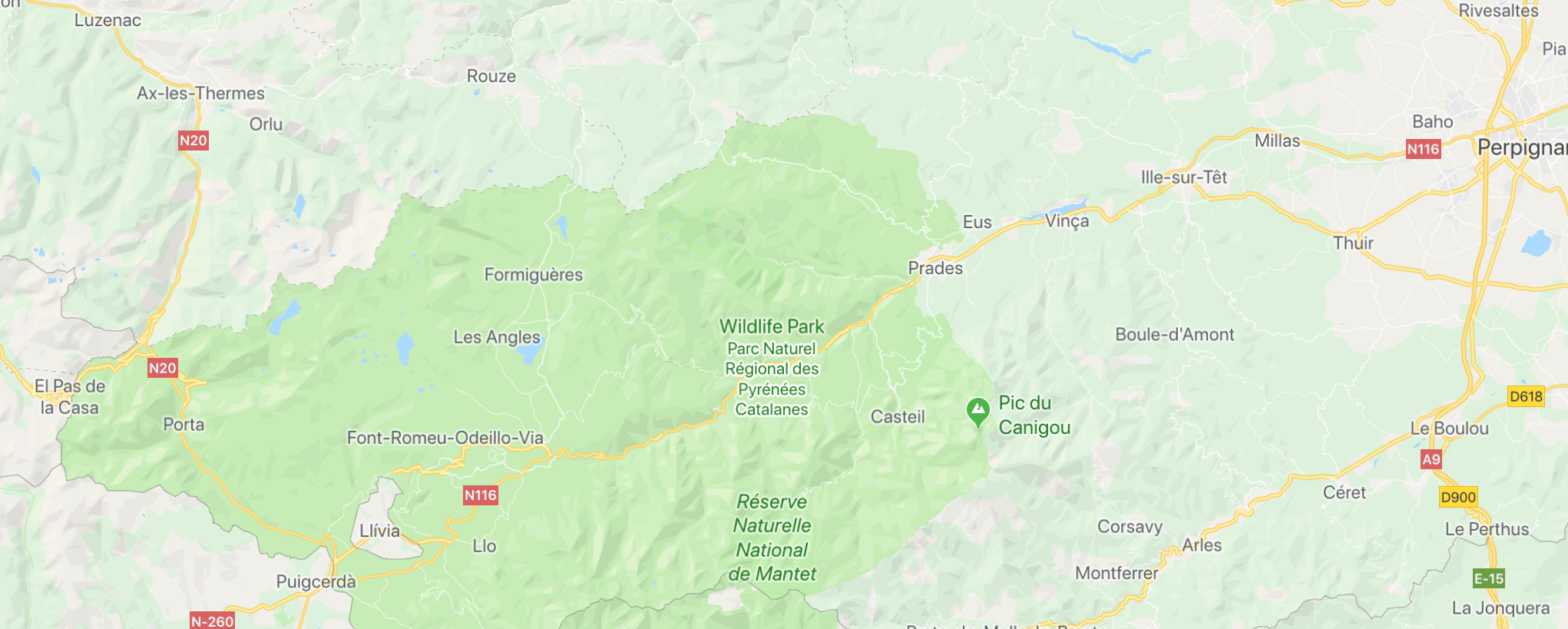

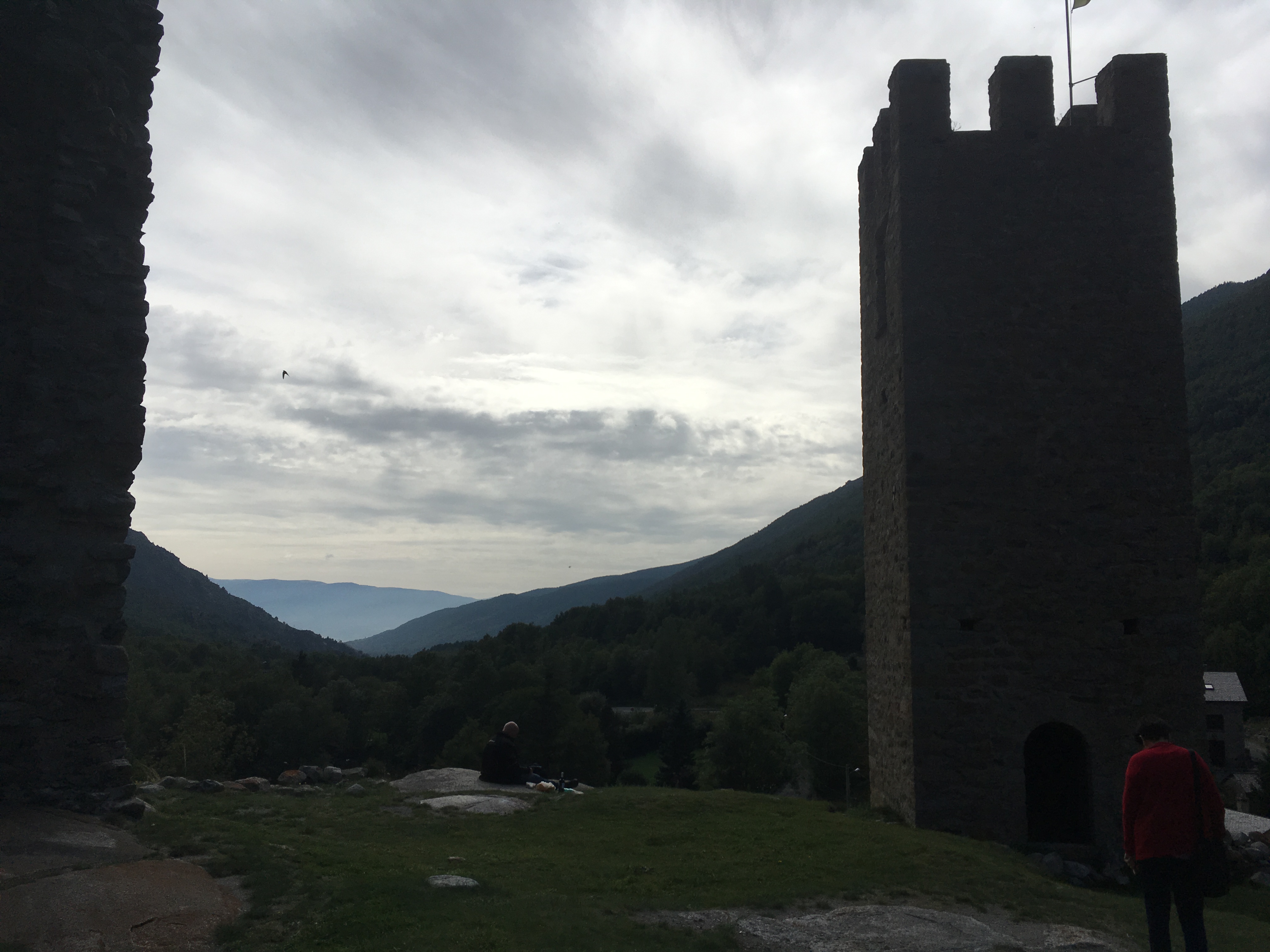


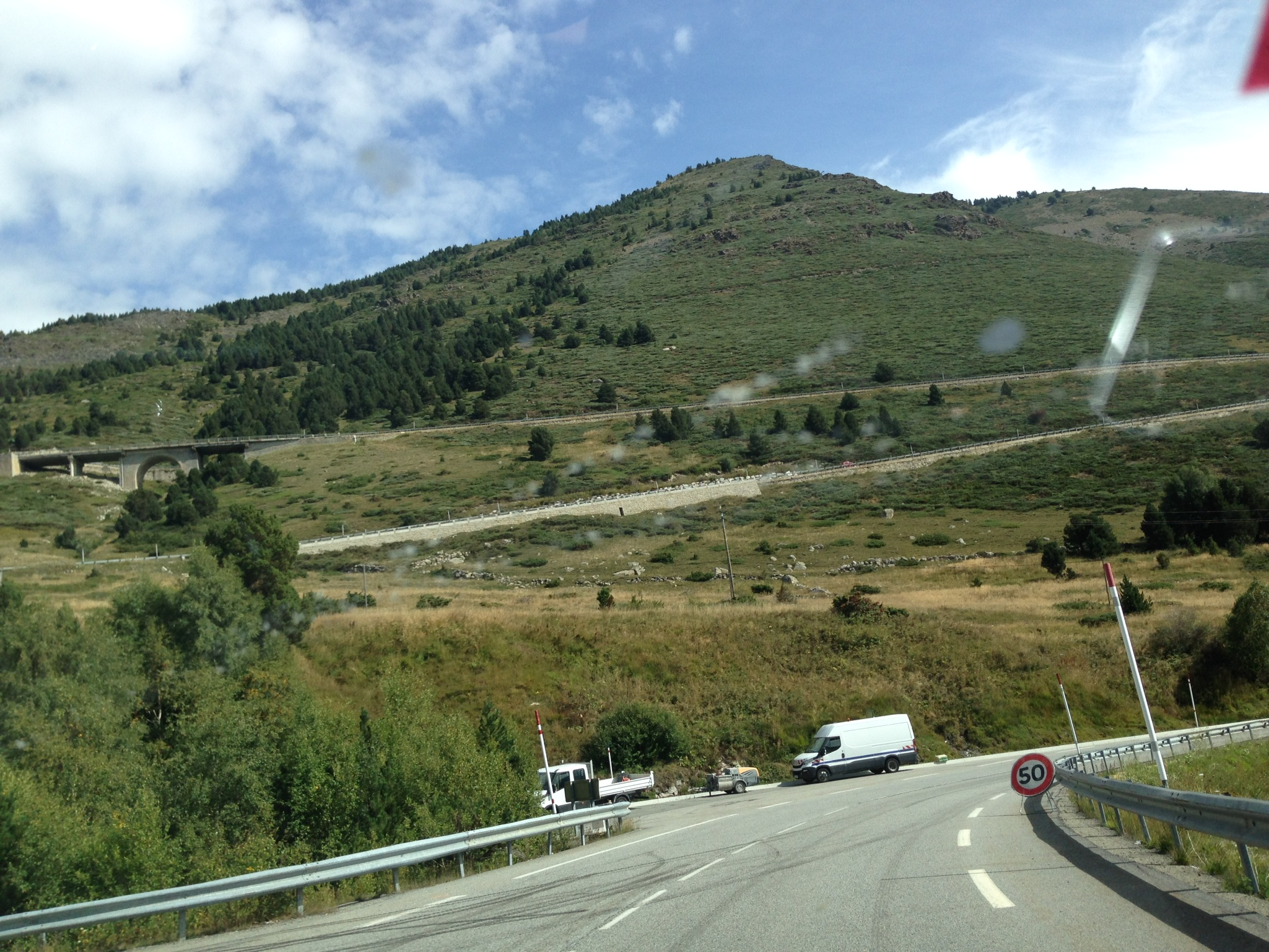
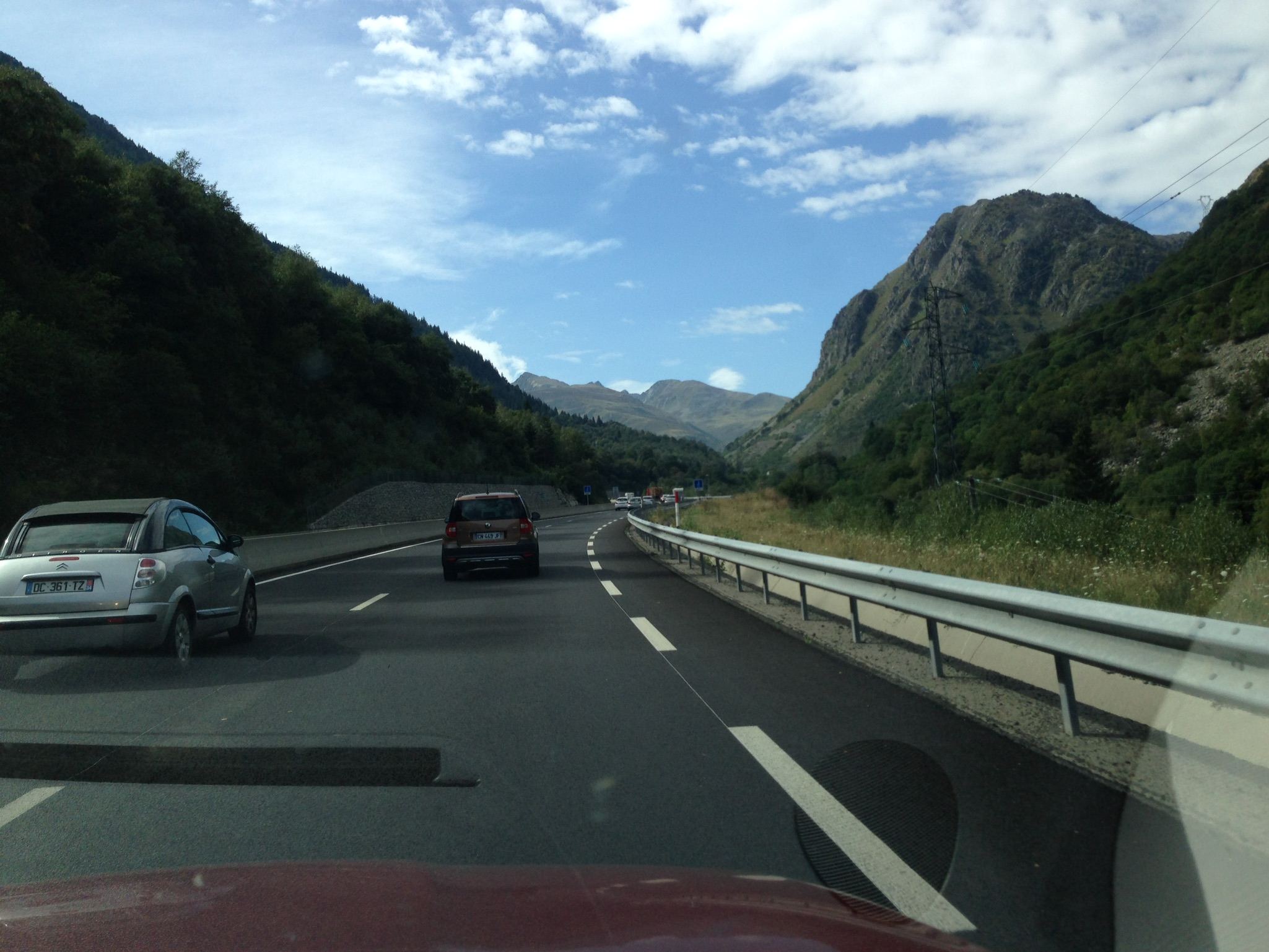
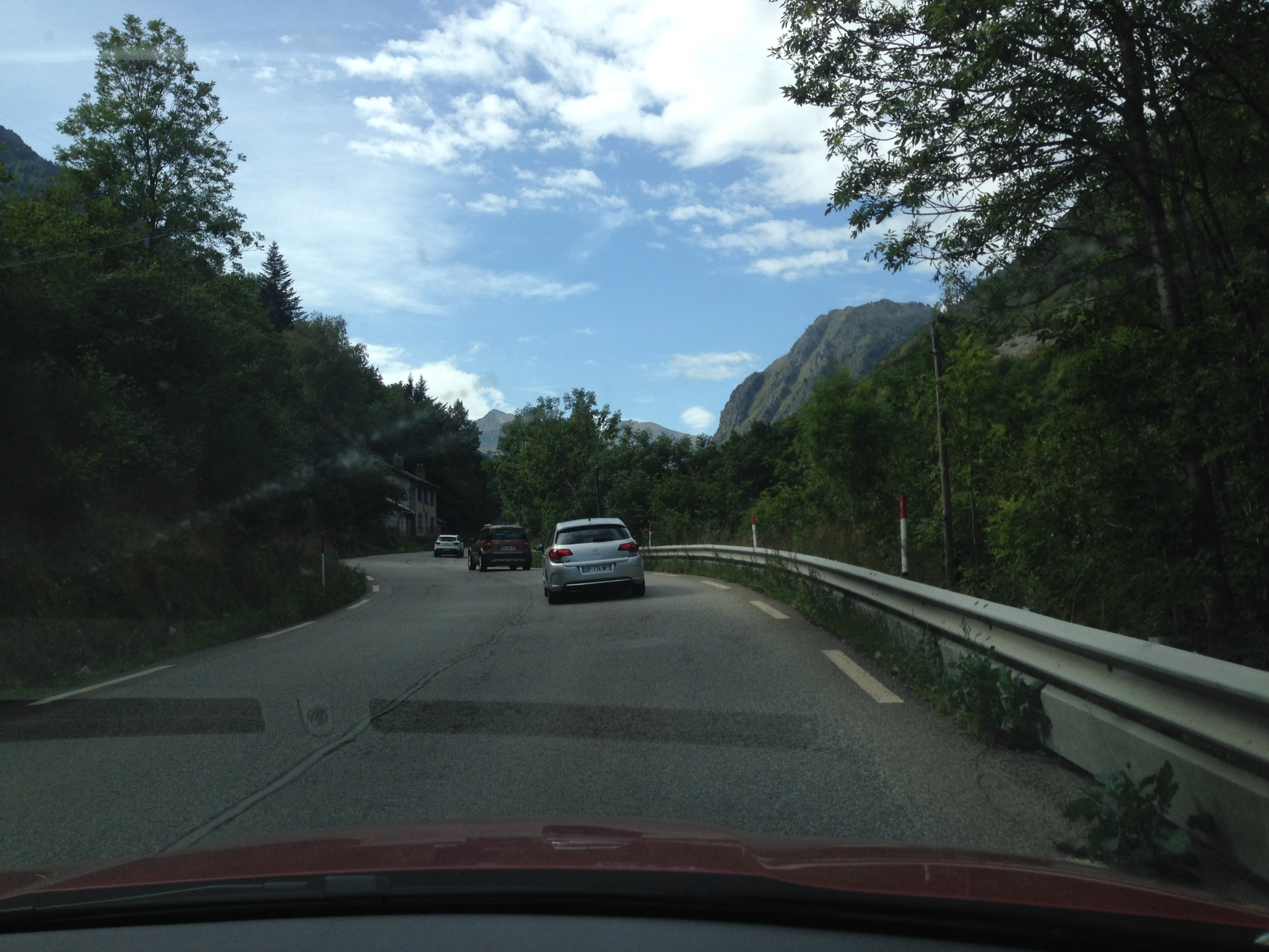
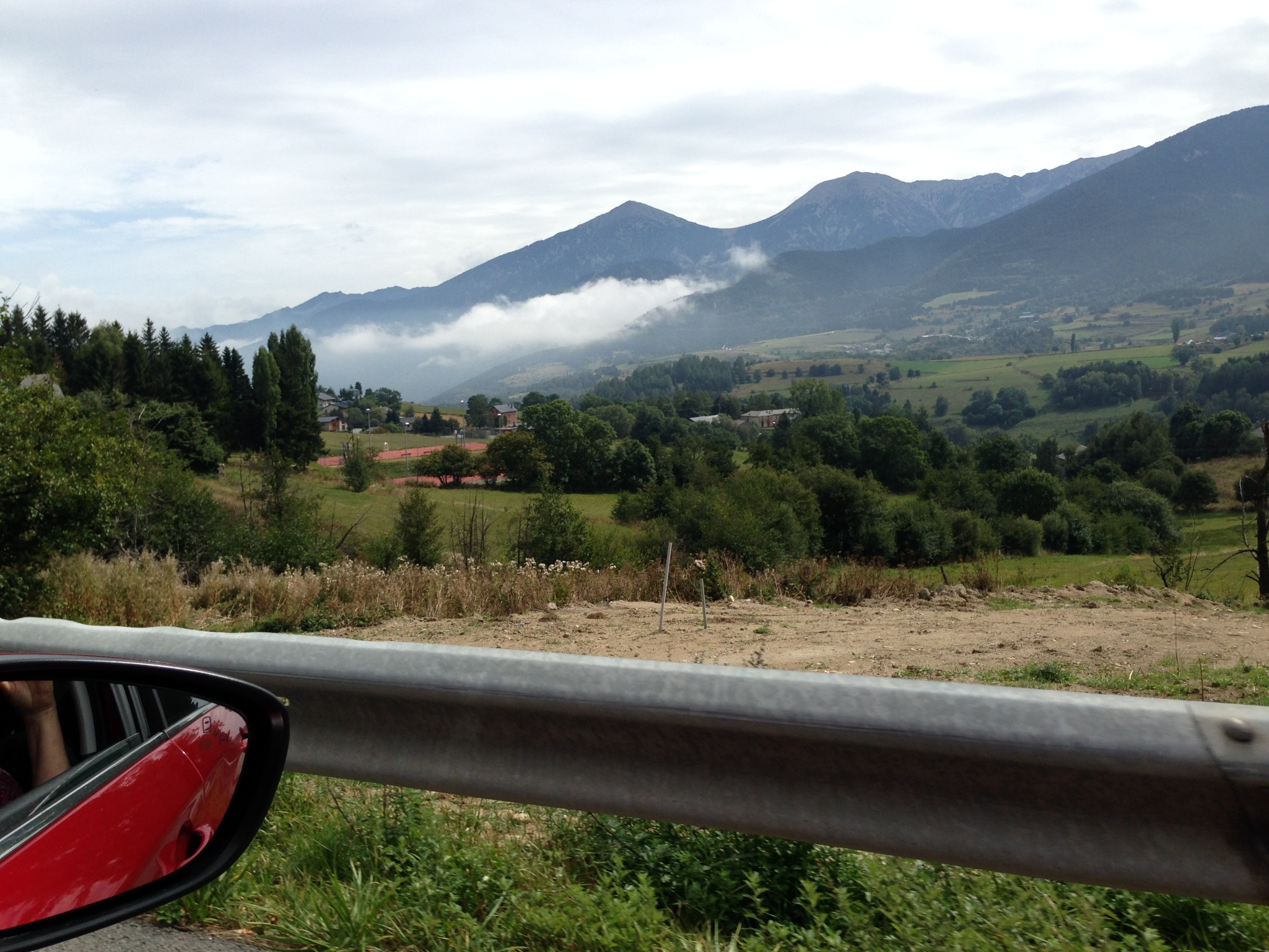
Shortly after the this, the road began to descend, and descend, and descend, often very winding, with the occasional short straight on which a couple of locals (I assume) practised heroic overtaking manoeuvres, occasionally passing several cars and trucks through multiple blind corners. I would not consider doing that on a motorcycle. I guess they had checked from a corner or two higher up that the road ahead was clear, but would they see an oncoming motorcycle? I feel that they have not done a good cost-benefit analysis. One such car, after two kamikaze stunts we witnessed, was two cars ahead of us and about two seconds, in congested traffic when he pulled off the road in the next town. Maybe it’s all just for the thrill of it.
The road continued to descend. It took well over half an hour of driving before it levelled out near sea level. The descent must have been close to 2000m. We went through the industrial outskirts of Perpignan through many roundabouts, then south to Argeles sur Mer. I had been going to mention that one good thing about driving in France is that roundabouts are single lane. They work very well, just give way to the left, indicate when you are leaving if someone entering needs to know. Then here in Perpignan we encountered many dual lane roundabouts, with the usual dodgem car mayhem as cars in both lanes competed for single lane exits. I don’t like the idea of dual lane roundabouts, since I was knocked off my motorcycle by a car in July 1991 while going straight through a two lane roundabout in the right lane. The car was in the left lane, but turning right overall, so crossed my path. She should have entered the roundabout in the right lane, but it was not obvious at the time who was wrong.
Another thing is that Camille often interprets what constitutes an exit differently to us, so we count a different number of exits. On one dual lane roundabout today she said exit 5, D914, Port Vendres. But exit 2 was also D914 Port Vendres. We orbited three times before deciding in favour of Camille and using exit 5.
One other thing about driving here is the give way to right rule. It’s probably ancient, but it seems to me that in a country that drives on the right, the rule should be give way to the left. As it is here, you give way to the right if you are not on a priority road and the car on your right is not facing a stop or give way sign.
Very tricky in towns especially, when many intersections do not have signs, or you cannot see if the car on your right is facing one. You don’t encounter this is Australia because every intersection is controlled with stop or give way signs. We got rid of the priority road concept decades ago.
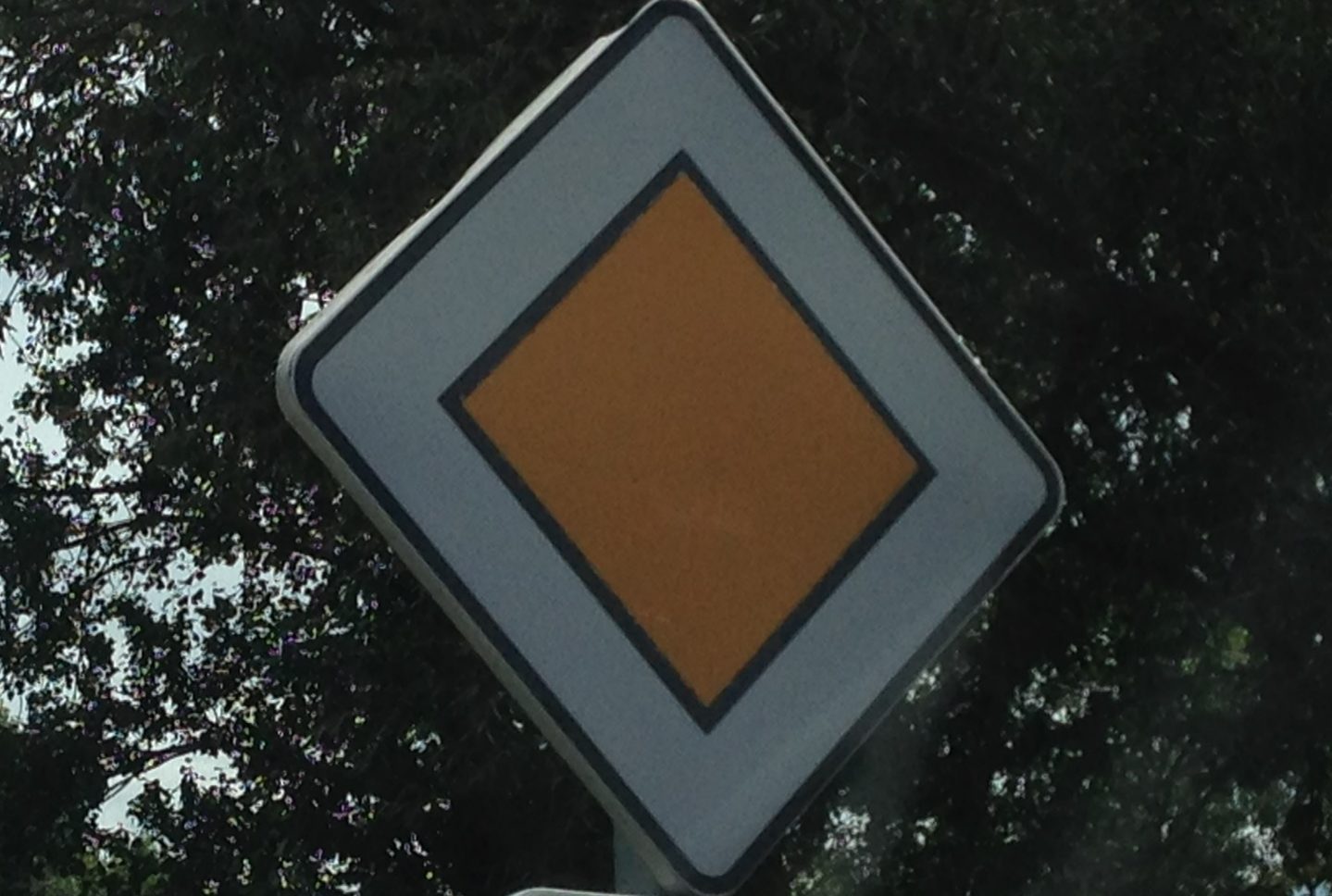
Then, for roundabouts, you give way to the left. The give way to right rule is actually suspended for roundabouts, as it must be. There are Cedez le Passage signs at every roundabout entrance, though you very quickly stop noticing them. Why do stop signs in France say “STOP”?
Anyway, we found our way to the free carpark at the Hotel de Ville and Mathieu came and took our luggage to his BnB.
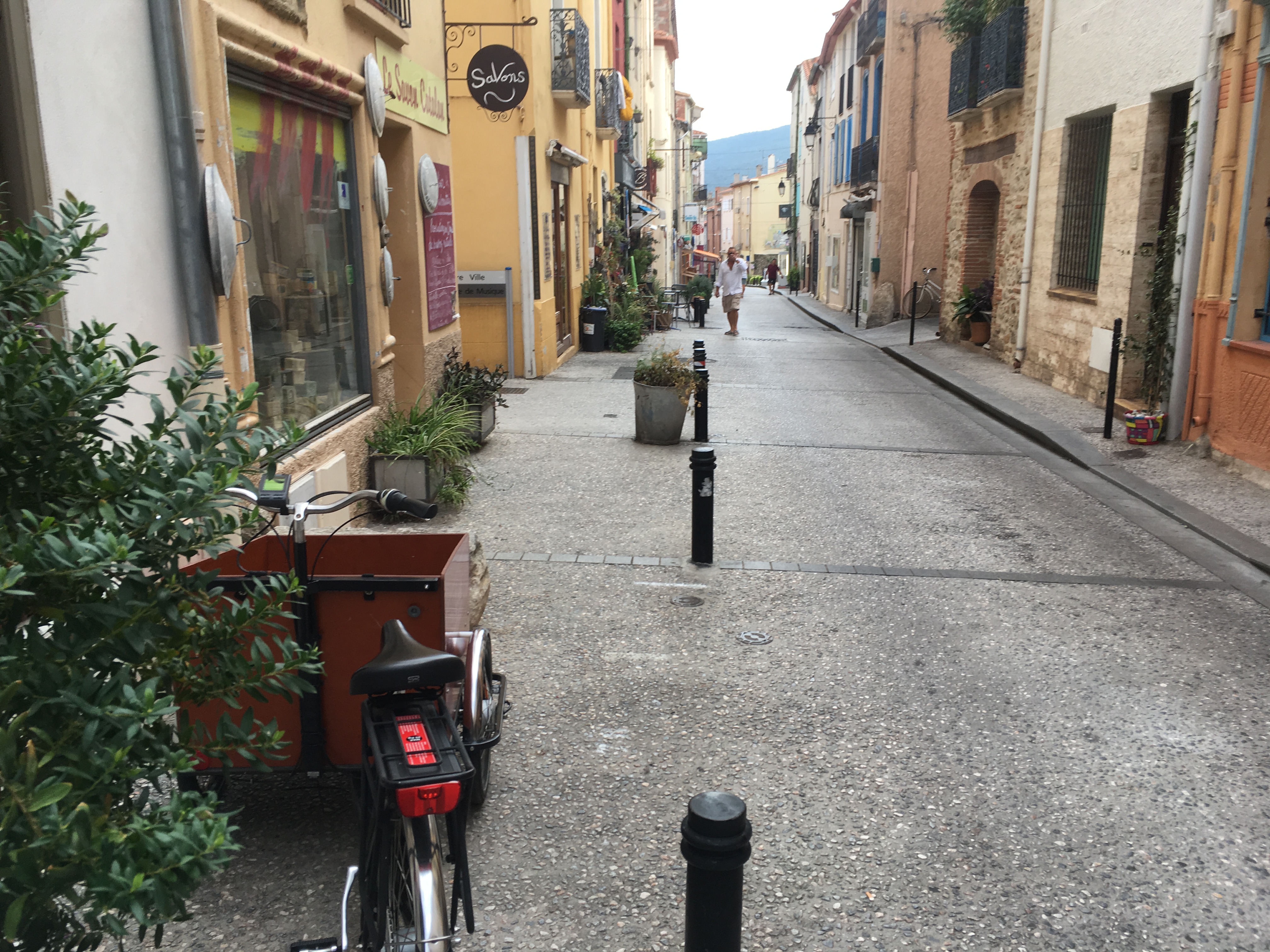
The BnB was very well situated in the centre of the town, but it turned out that Argeles sur Mer is not sur mer at all, it’s 2km away. Argeles pas sur Mer, but across what looks like low lying reclaimed swamp. The town is on the only high ground around here. We walked to the beach on a route drawn by Mathieu on the map he gave us.
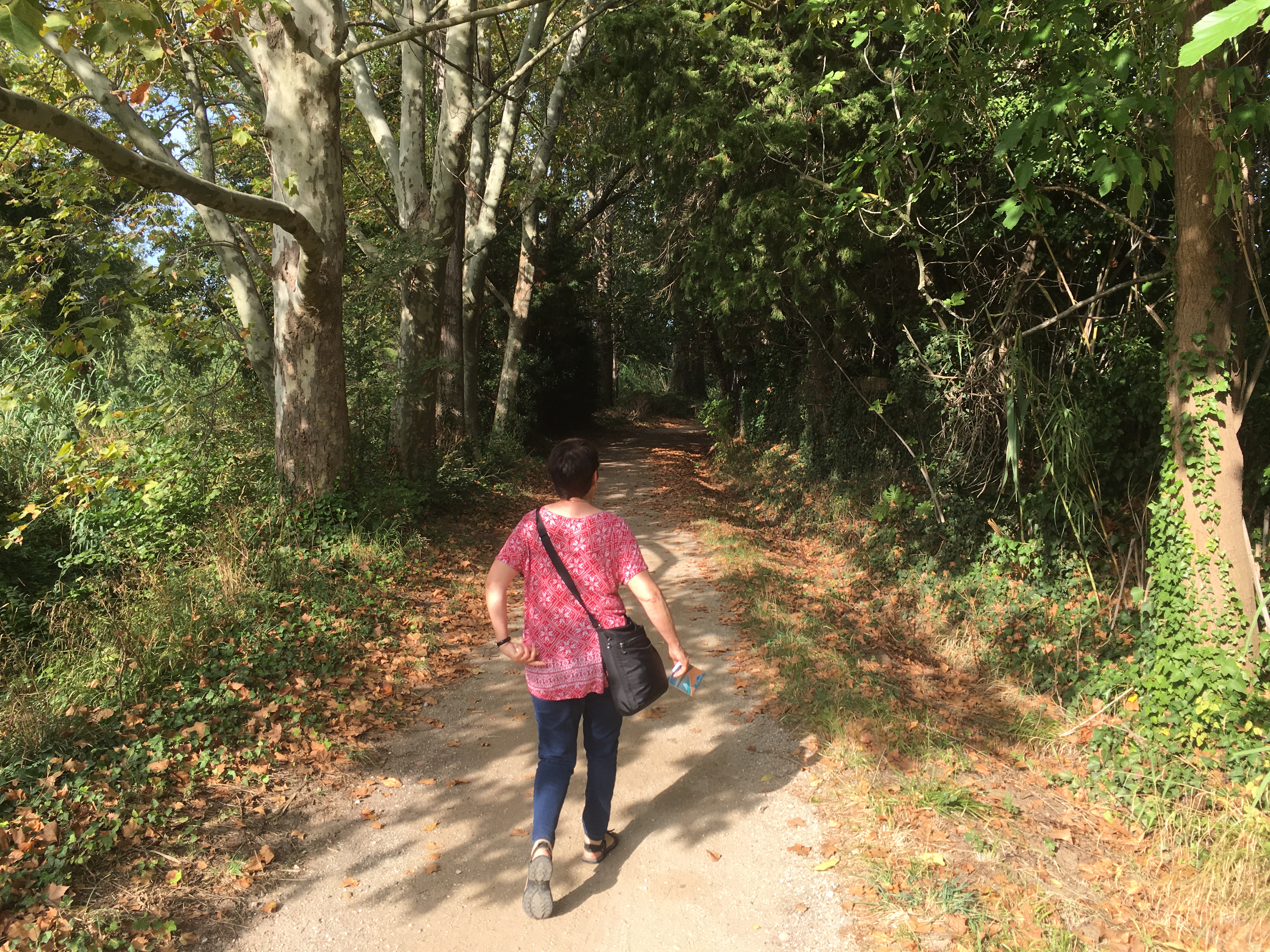
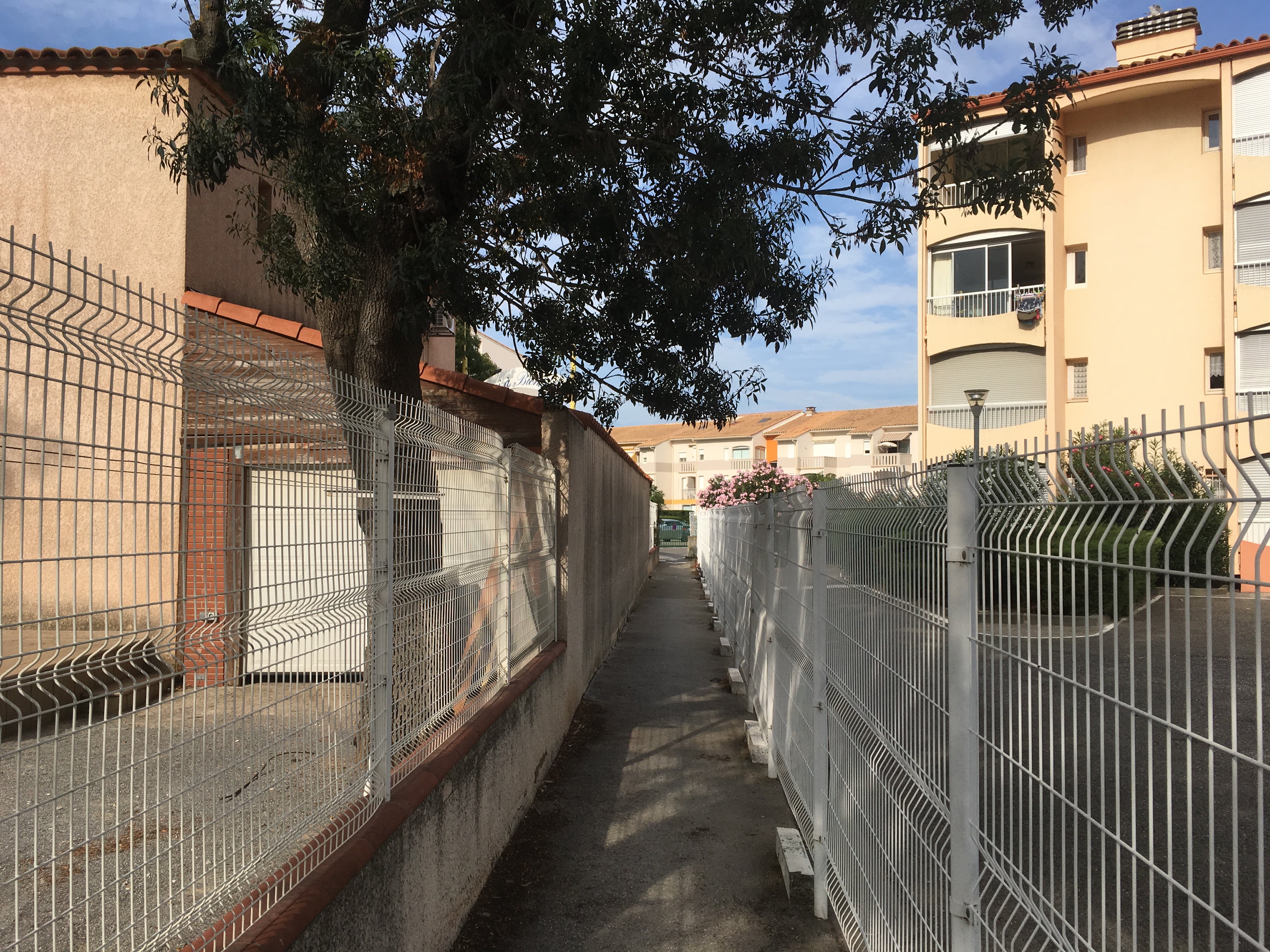

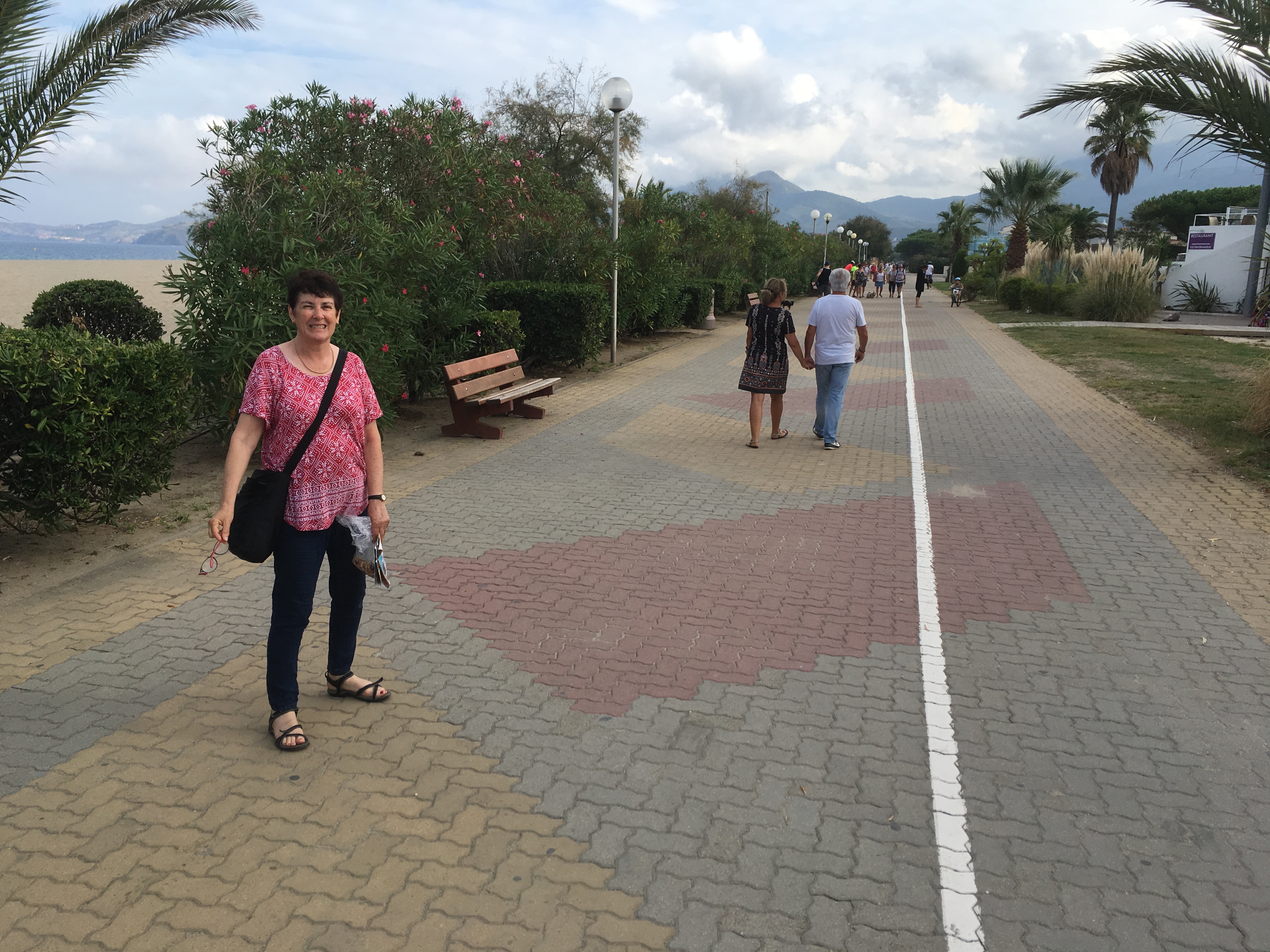
We found the central beach area with the shops and cafes, had a glace, found the little train stop and discovered we’d missed the last one back to the centre.
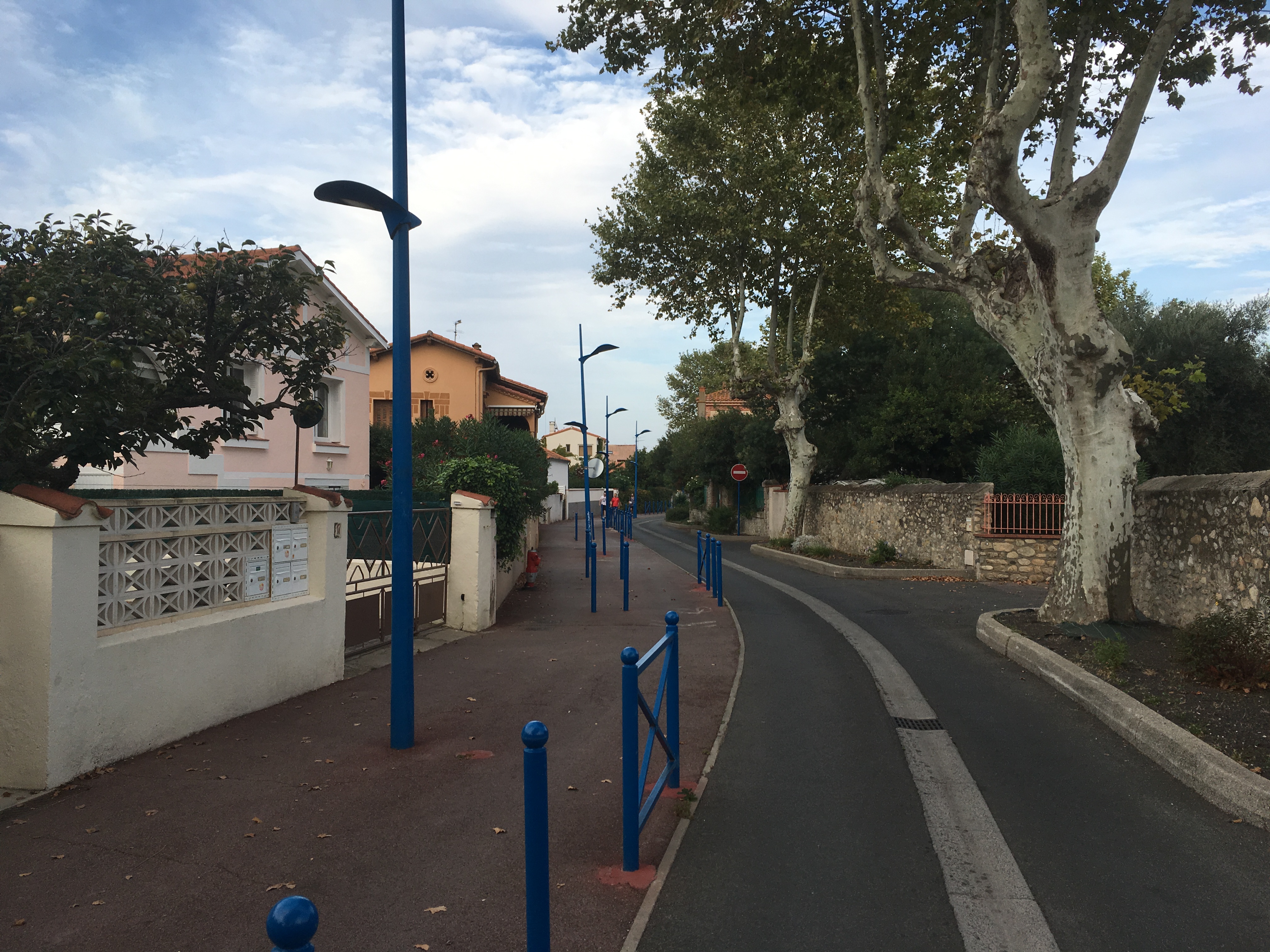
Dinner at a restaurant recommended by Mathieu was excellent, had a good vegetarian option, but was a bit expensive.